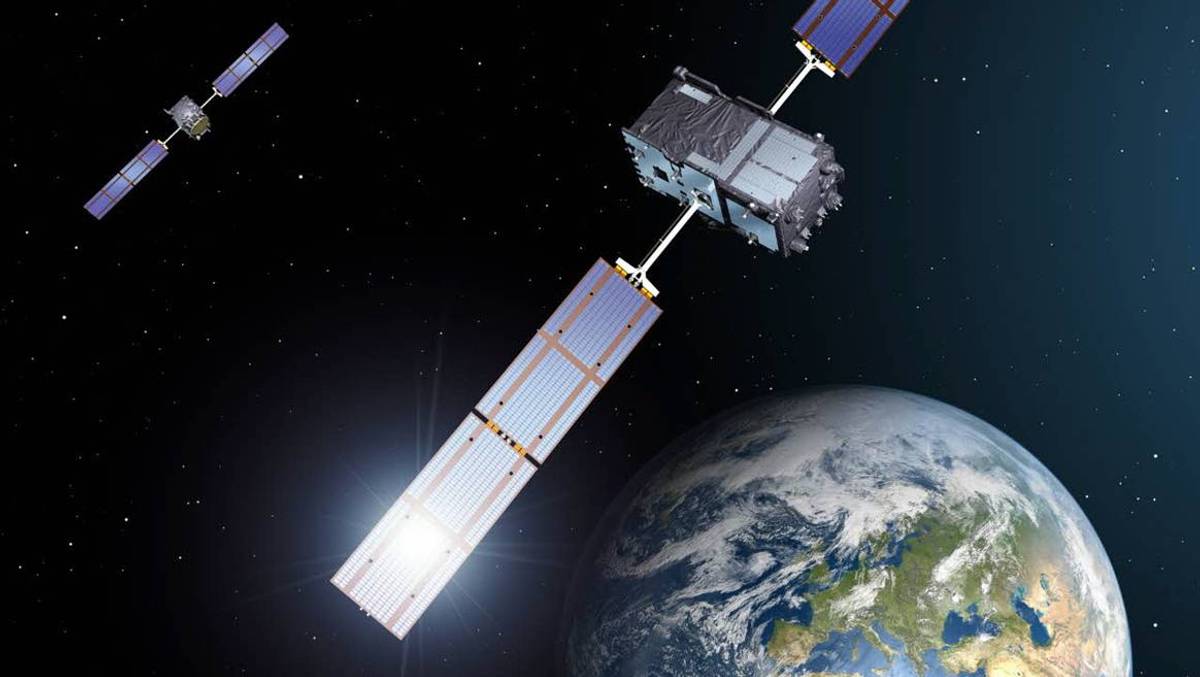The head of the Bellona environmental foundation, Frederic Hauge, is following closely the situation around a nuclear power plant in Ukraine. He calls it serious and fears the consequences.
On Friday night, heavy fighting broke out near the entrance to Europe’s largest nuclear power plant, Zaporizhia in Ukraine. It also begins to burn on the site.
– This is very serious, said the head of the Bellona environmental foundation, Fredrik Hauge.
For three decades, the foundation has worked in Russia and Ukraine, among other things, to explain topics around nuclear safety and environmental pollution.
Three of the reactors were shut down two weeks ago, another two in recent days, but one is still operational. All six represent the potential for a major accident, the organization believes.
Hauge is also concerned about storage areas where spent nuclear fuel is stored. It also relies on energy to stay calm. A random missile can also hit and destroy circulating cold water.
– The consequences of striking a nuclear power plant like that … Yes, we risk having an accident on par with Fukushima, maybe much worse, he said.
The Fukushima accident occurred at a nuclear power plant in Japan in 2011, caused by an earthquake and subsequent tsunami.
Ukrainian Foreign Minister Dmytro Kuleba also used strong words after a fire broke out at the facility as a result of fighting.
“If it exploded, it would be ten times bigger than Chernobyl,” he wrote on Twitter.
He pointed to worst nuclear accident in history which occurred in 1986 at Chernobyl in Ukraine (then the Soviet Union). Areas that have been conquered by Russian troops.
– Guaranteed nuclear safety
According to AFP, Ukrainian authorities said the nuclear power plant had been secured.
“Nuclear security has been ensured,” said the director of the power plant, according to the French news agency.
Early Friday morning, they also stated that the fire had been put out.
The International Atomic Energy Agency (IAEA) said it had not yet measured the increase in radioactivity levels after a fire was reported following the explosion at Europe’s largest plant. nuclear power plant in Zaporizhia.
According to AFP, Ukrainian authorities said the nuclear power plant had been secured.
– Nuclear safety guaranteed, said the director of the power plant according to AFP.
Norway’s Directorate of Radiation Protection and Nuclear Safety calls the situation serious.
They also said they had access to Ukrainian and European measurement stations that did not show high levels.
– We continue to consider scenarios for what could happen inside the nuclear and radiation area, including at the nuclear power plant and in the area around Chernobyl, they wrote in website.
Russian technology
Bellona fears the explosion could cause radioactivity to be released into the air and water.
– The wind direction will blow in the coming days to the southeast of Crimea and there may be rain that will carry radioactivity to the ground over a large area, said Hauge.
He also points out that the power plant is located on the banks of the Dneper river and is concerned about pollution for several kilometers to the Black Sea.
– But unlike during Chernobyl, don’t today’s nuclear power plants have newer and safer technology?
– We’re talking about a reactor that’s far beyond its lifespan, says Hauge.
He was sure the Russian attackers knew what the consequences would be.
– This is Russian nuclear technology. Deciding to have an armed struggle against or near a nuclear power plant can be compared to playing Russian roulette with nuclear weapons, said leader Bellona.
15 nuclear reactors in Ukraine
According to Ukrainian state nuclear power plant operator Energoatom, six of Ukraine’s 15 working nuclear reactors have been disconnected from the grid as of Tuesday this week, to reduce cooling requirements.
In addition to the giant Zaporizhia power plant, Ukraine operates three other nuclear power plants: southern Ukraine in the center of the country, and Rivne and Khmelnytskyi, both located in western Ukraine.
According to experts, a direct attack to completely destroy Ukraine’s nuclear reactors is impossible, while mastering nuclear energy sources may be a clear strategic goal for the Russian invaders.

“Music maven. Evil pop culture lover. Unapologetic creator. Friend of animals everywhere.”






